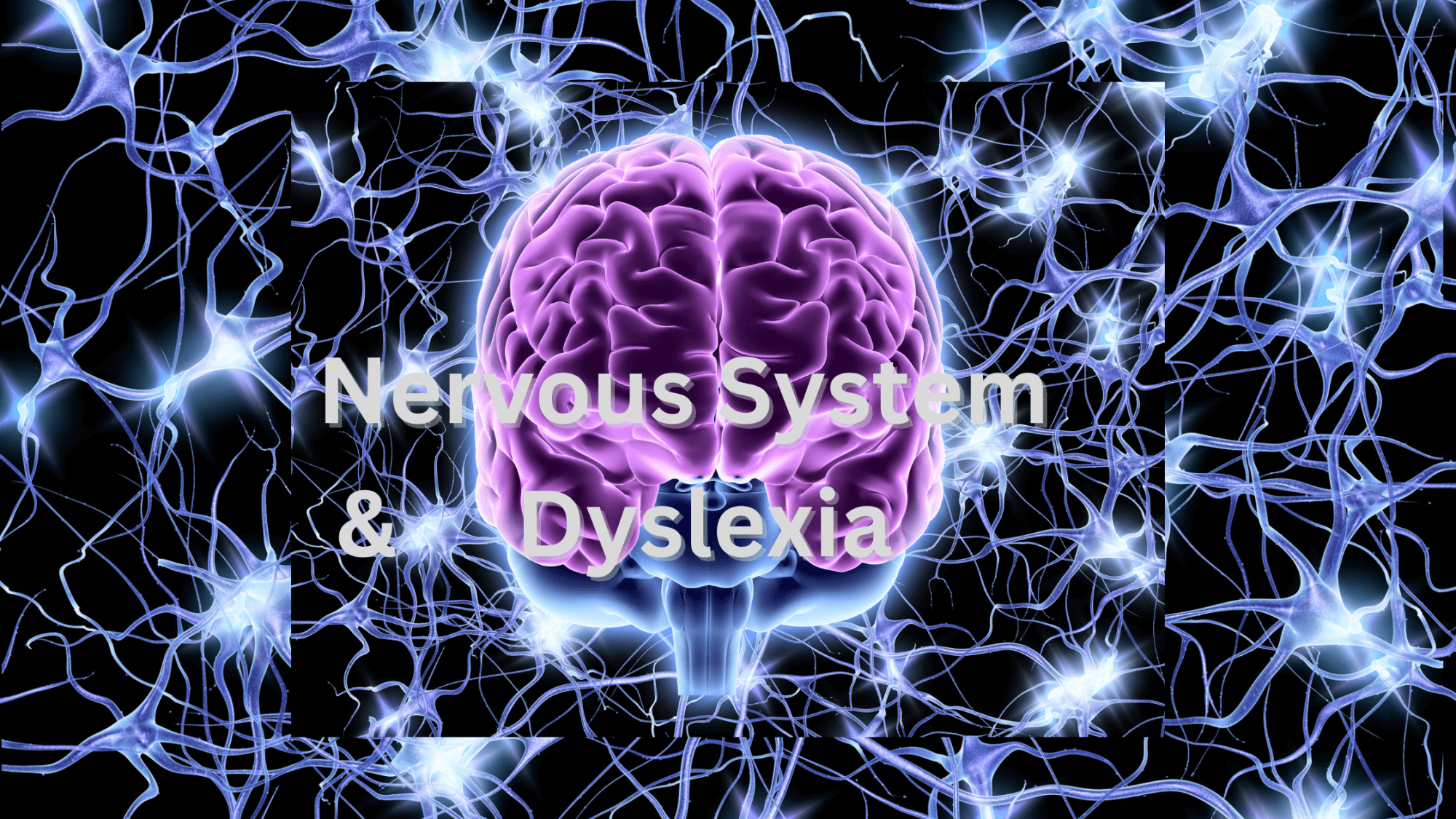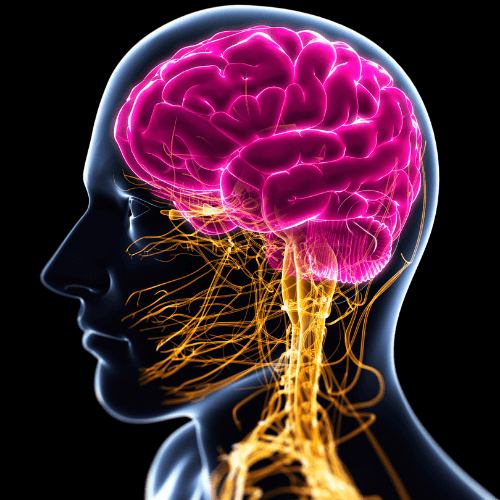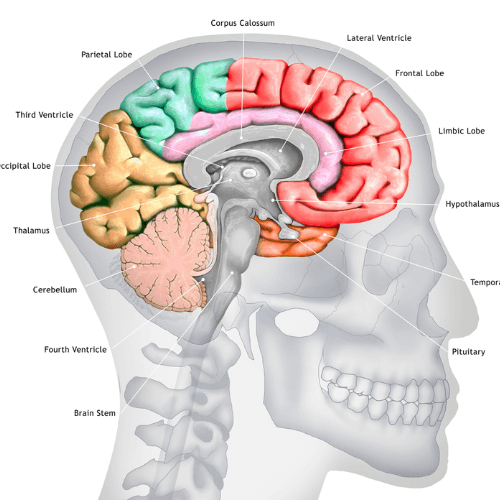

Understanding Dyslexia: A Journey Through the Nervous System 🧠💫
Dyslexia is a learning difference that is far more common than many people realize, affecting approximately 10% of the global population. Despite its prevalence, dyslexia remains widely misunderstood. Most discussions around dyslexia focus on its impact on reading, writing, and spelling. However, to truly understand dyslexia, we need to delve deeper into how it involves our nervous system's processing of written words. Let's embark on this enlightening journey together to increase our understanding. #DyslexiaAwareness.
**What is Dyslexia?**
At its core, dyslexia is a specific learning difficulty that primarily affects the skills involved in reading and spelling words accurately and fluently. It is independent of intelligence, meaning that individuals with dyslexia have the same potential for learning as those without. What sets dyslexic individuals apart is how their brains process graphic symbols, such as letters and numbers.
 **The Nervous System and Dyslexia**
**The Nervous System and Dyslexia**The nervous system is our body's communication network, consisting of the brain, spinal cord, and a complex web of neurons. It is responsible for everything from regulating our heartbeat to processing the vast amounts of information we receive from our senses, including what we see, hear, and touch.
When it comes to reading, the nervous system has to perform a series of intricate tasks. These include recognizing shapes as letters, letters as part of words, and words as components of sentences that carry meaning. For individuals with dyslexia, there are differences in how the brain's areas communicate with one another during these tasks.
**Neurological Underpinnings**
Research shows that, in dyslexic individuals, there is a different pattern of activity in the brain while reading. Most notably, there are differences in the left hemisphere, which is critical for language processing. Areas like the temporoparietal lobe, which is involved in decoding words, and the occipitotemporal region, tied to recognizing word forms, show less activity in dyslexic individuals compared to non-dyslexic individuals.

Furthermore, dyslexia has been associated with a disruption in the phonological component of language processing. This means that dyslexic individuals may have difficulty manipulating the sounds within words, which is a crucial step in reading.
**The Role of the Nervous System in Learning**

Our nervous system is incredibly adaptable, through a phenomenon known as neuroplasticity. This is the ability of neural networks in the brain to grow and reorganize in response to learning and experience. For individuals with dyslexia, interventions and structured literacy programs can lead to changes in the brain's activity patterns, aiding in the development of new pathways that improve reading skills.
Understanding that the nervous system can adapt and reorganize itself offers hope and underscores the importance of early identification and support for those with dyslexia. Moreover, fostering an environment that acknowledges the unique challenges dyslexic individuals face is crucial for their confidence and success.
**Supporting the Nervous System**
For individuals with dyslexia, and indeed for us all, nurturing our nervous system can play a part in promoting overall well-being and supporting learning. Practices such as mindfulness meditation, regular physical exercise, and a balanced diet rich in nutrients can help maintain a healthy nervous system.
In addition, specific strategies can be employed to assist dyslexic learners, including:
- Using multi-sensory learning approaches that engage more than one sense at a time.
- Breaking down reading and learning tasks into smaller, more manageable steps.
- Encouraging the use of assistive technology, such as text-to-speech tools.
*A Path Towards Understanding and Empathy**

Dyslexia, at its essence, is a difference in learning, not a deficiency. It’s vital to shift the narrative from focusing solely on the difficulties associated with dyslexia to recognizing the unique strengths and perspectives that dyslexic individuals bring. Many excel in areas requiring problem-solving, creativity, and spatial thinking.
Understanding dyslexia through the lens of the nervous system not only provides scientific insight into the condition but also fosters greater empathy and support toward those who experience the world differently. By recognizing the neurological underpinnings of dyslexia, we can better advocate for environments that cater to diverse learning needs, ensuring that everyone has the opportunity to reach their full potential.
In conclusion, dyslexia is a complex condition that intertwines with the intricacies of our nervous system. Through increasing our awareness and understanding, we can create more inclusive communities that champion the strengths of each individual. As we continue to explore and unravel the mysteries of the nervous system and dyslexia, let us do so with an open heart and mind, embracing the beauty in our differences and the power of human resilience.
#DyslexiaAwareness #NervousSystem
Don't forget...
Announcement 1 info
Announcement 2 info
See you soon,
Love what you read here Subscribe for Blog update!
Follow me on social.
Facebook
Instagram
linkin
Need just to talk about it, book a 30 min consult FREE




















0 Comments